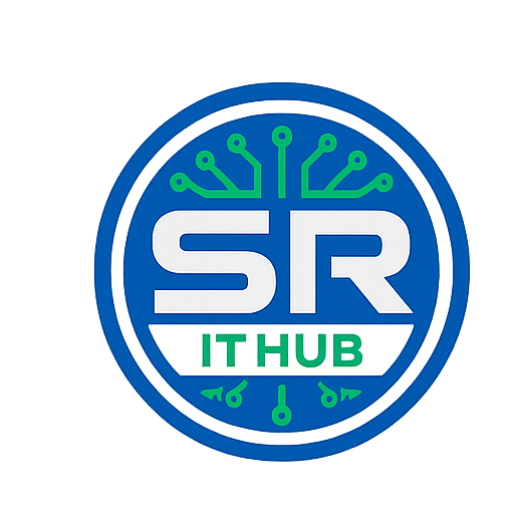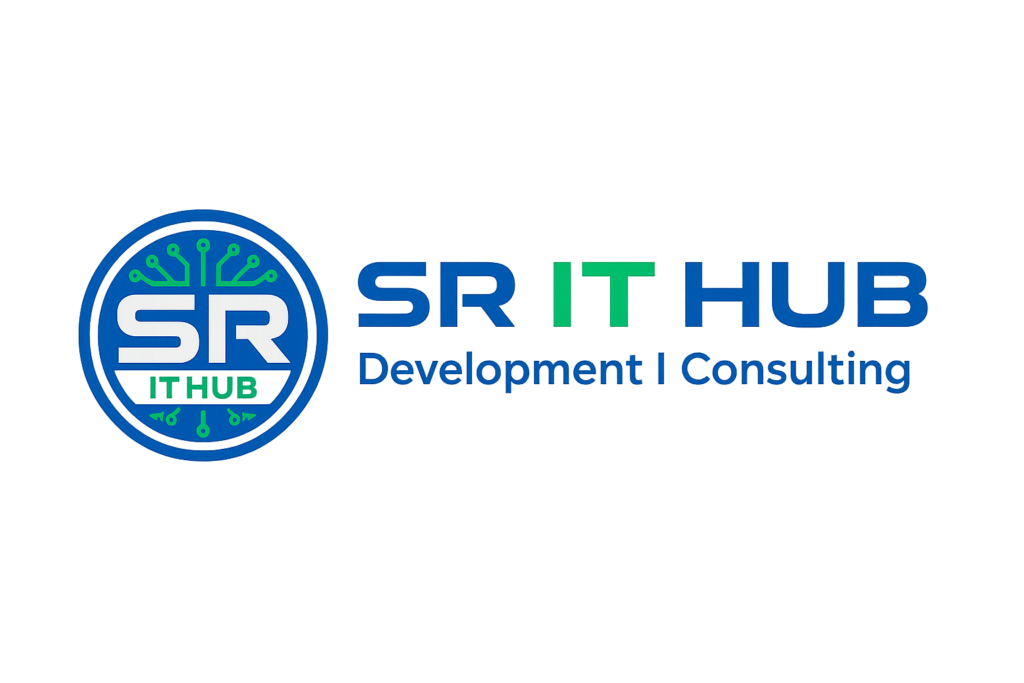ABSTRAT:
Since coronavirus has shown up, inaccessibility of legitimate clinical resources is at its peak, like the shortage of specialists and healthcare workers, lack of proper equipment and medicines etc. The entire medical fraternity is in distress, which results in numerous individual’s demise. Due to unavailability, individuals started taking medication independently without appropriate consultation, making the health condition worse than usual. As of late, machine learning has been valuable in numerous applications, and there is an increase in innovative work for automation. This paper intends to present a drug recommender system that can drastically reduce specialists heap. In this research, we build a medicine recommendation system that uses patient reviews to predict the sentiment using various vectorization processes like Bow, TF-IDF, Word2Vec, and Manual Feature Analysis, which can help recommend the top drug for a given disease by different classification algorithms. The predicted sentiments were evaluated by precision, recall, f1score, accuracy, and AUC score. The results show that classifier Linear SVC using TF-IDF vectorization outperforms all other models with 93% accuracy
EXISTING SYSTEM :
This structure can prescribe the best treatment regimens to new patients as per their demographic locations and medical complications. An Electronic Medical Record (EMR) of patients gathered from numerous clinics for testing. The result shows that this framework improves the cure rate. In this research [11], multilingual sentiment analysis was performed using Naive Bayes and Recurrent Neural Network (RNN). Google translator API was used to convert multilingual tweets into the English language. The results exhibit that RNN with 95.34% outperformed Naive Bayes, 77.21%. The study [12] is based on the fact that the recommended drug should depend upon the patient’s capacity. For example, if the patient’s immunity is low, at that point, reliable medicines ought to be recommended. Proposed a risk level classification method to identify the patient’s immunity. For example, in excess of 60 risk factors, hypertension, liquor addiction, and so forth have been adopted, which decide the patient’s capacity to shield himself from infection. A web-based prototype system was also created, which uses a decision support system that helps doctors select first-line drugs. Xiaolongbao Jiang et al. [13] examined three distinct algorithms, decision tree algorithm, support vector machine (SVM), and backpropagation neural network on treatment data. SVM was picked for the medication proposal module as it performed truly well in each of the three unique bound- aries – model exactness, model proficiency, model versatility. Additionally, proposed the mistake check system to ensure analysis, precision and administration quality.
EXISTING SYSTEM DISADVANTAGES:
1.LESS ACCURACY
2. LOW EFFICIENCY
PROPOSED SYSTEM :
The study [12] is based on the fact that the recommended drug should depend upon the patient’s capacity. For example, if the patient’s immunity is low, at that point, reliable medicines ought to be recommended. Proposed a risk level classification method to identify the patient’s immunity. For example, in excess of 60 risk factors, hypertension, liquor addiction, and so forth have been adopted, which decide the patient’s capacity to shield himself from infection. A web-based prototype system was also created, which uses a decision support system that helps doctors select first-line drugs. Xiaolongbao Jiang et al. [13] examined three distinct algorithms, decision tree algorithm, support vector machine (SVM), and backpropagation neural network on treatment data. SVM was picked for the medication proposal module as it performed truly well in each of the three unique boundaries – model exactness, model proficiency, model versatility. Additionally, proposed the mistake check system to ensure analysis, precision and administration quality
PROPOSED SYSTEM ADVANTAGES:
1.HIGH ACCURACY
2.HIGH EFFICIENCY
SYSTEM REQUIREMENTS
SOFTWARE REQUIREMENTS:
• Programming Language : Python
• Font End Technologies : TKInter/Web(HTML,CSS,JS)
• IDE : Jupyter/Spyder/VS Code
• Operating System : Windows 08/10
HARDWARE REQUIREMENTS:
Processor : Core I3
RAM Capacity : 2 GB
Hard Disk : 250 GB
Monitor : 15″ Color
Mouse : 2 or 3 Button Mouse
Key Board : Windows 08/10

